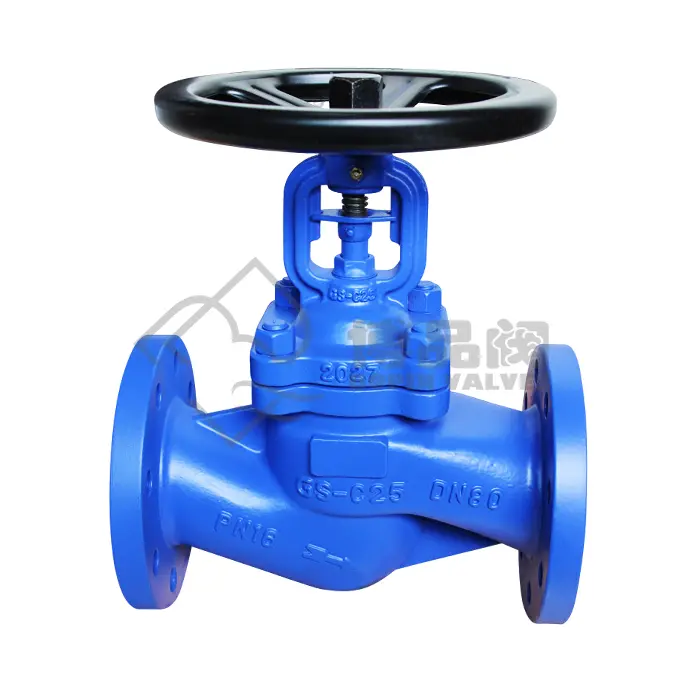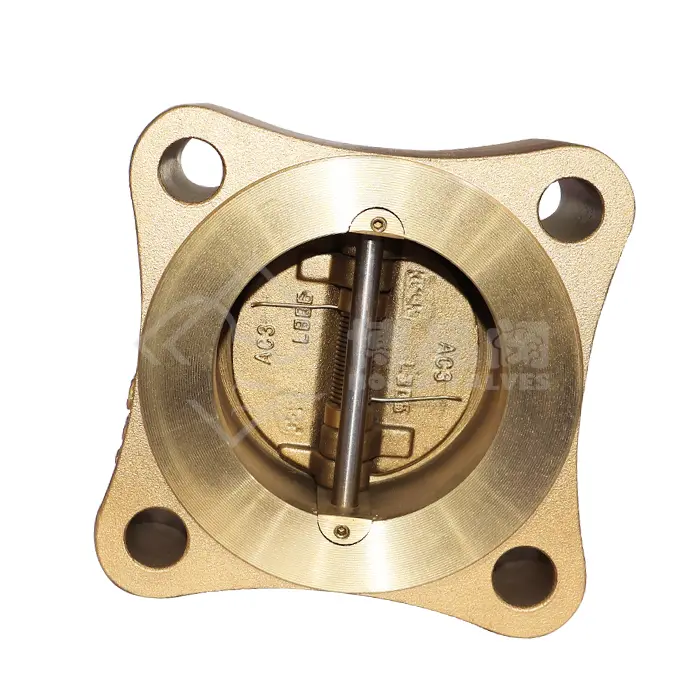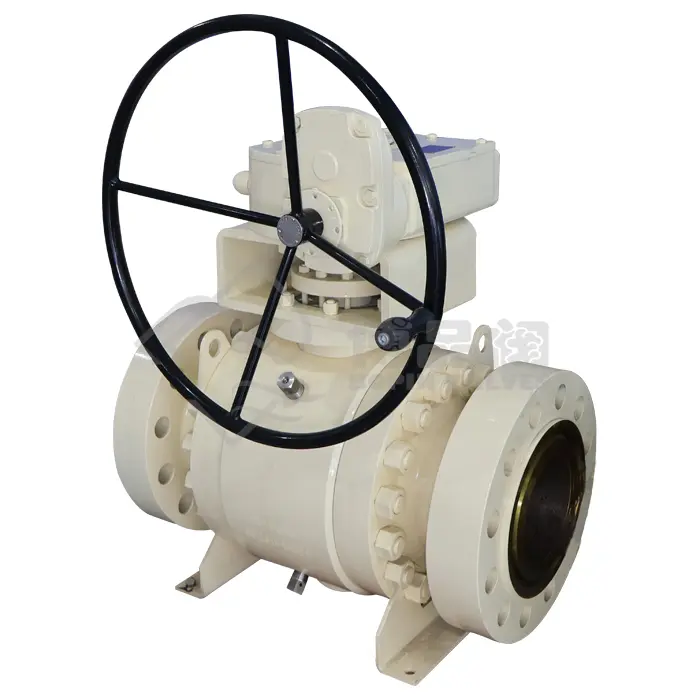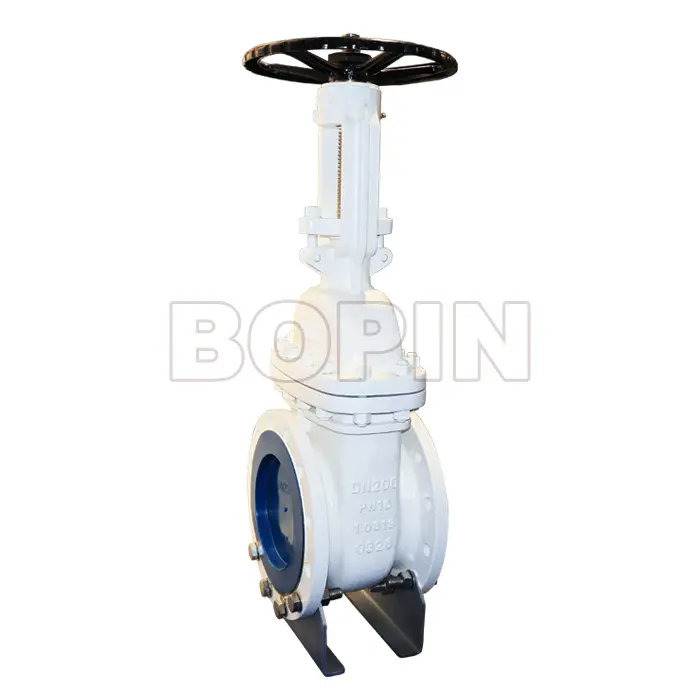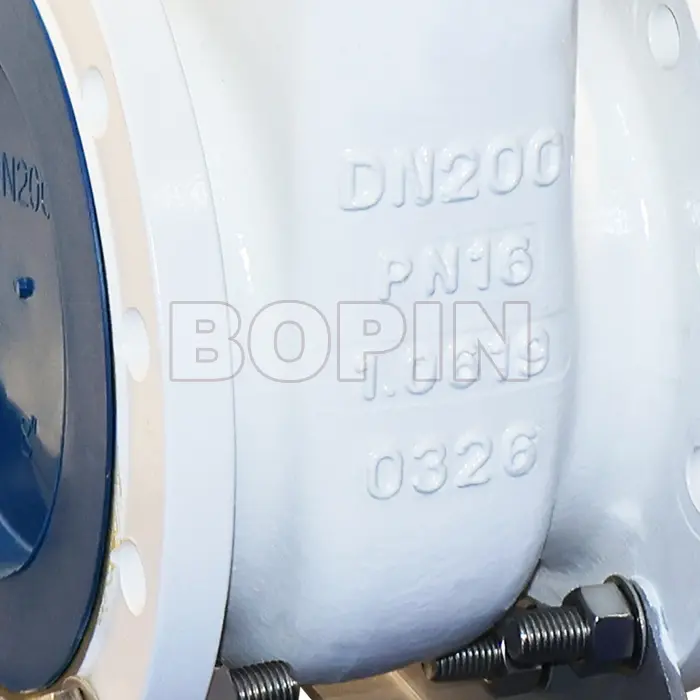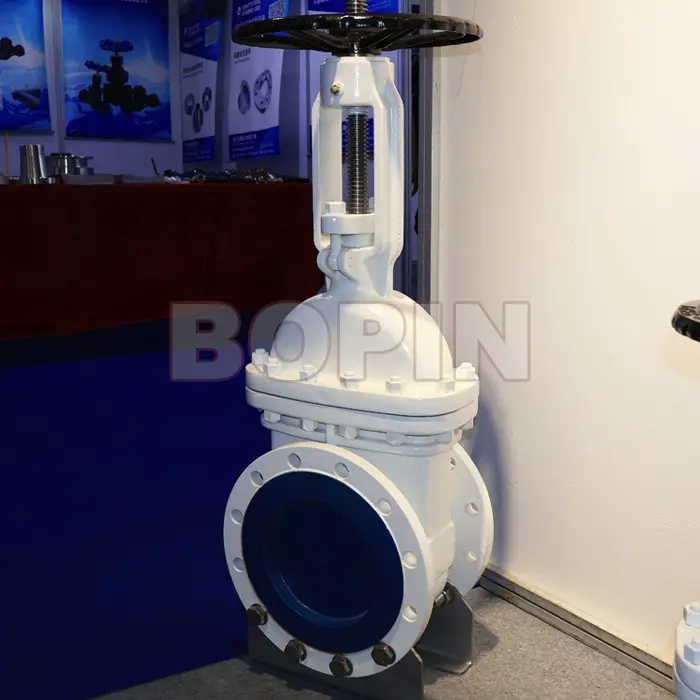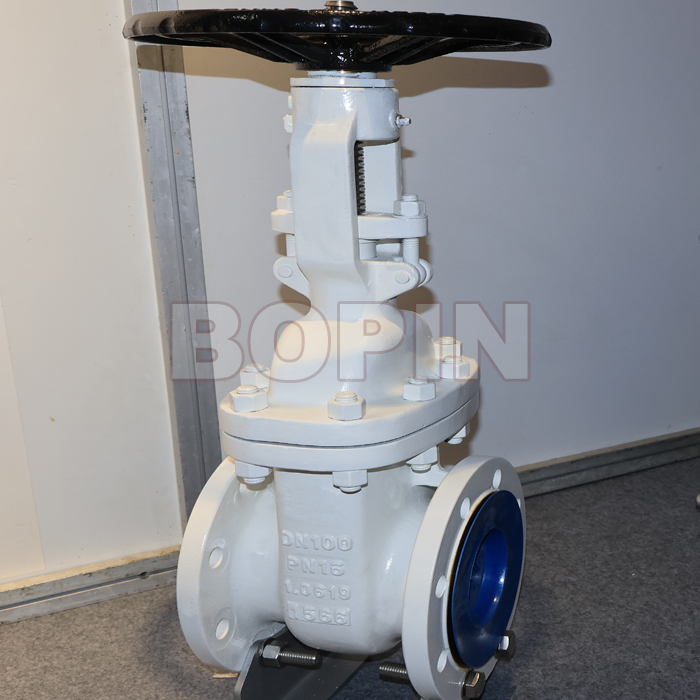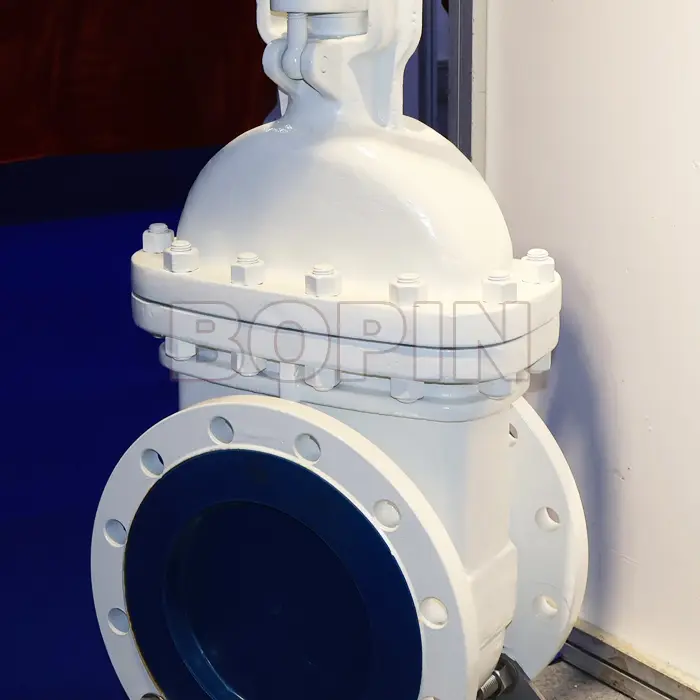0102030405
CAST STEEL A216 WCB 1.0619 DIN3352 F4 EN1984 FLANGED WEDGED GATE VALVE
What is a Wedged Gate Valve?
A gate valve is a type of valve that opens by lifting a rectangular or circular gate (or wedge) out of the path of the fluid. This design offers minimal flow resistance when the valve is fully open and ensures a tight seal when closed.
The wedged gate valve refers to a design where the gate or disc has a wedge shape. This wedge is typically made of metal or other durable materials and is angled to match the shape of the valve seat. The wedged design creates a more reliable seal, particularly in high-pressure applications, making it ideal for industrial processes.
Material Composition: Cast Steel A216 WCB 1.0619
The material specification A216 WCB refers to the ASTM standard for carbon steel castings used in industrial applications. Here’s a breakdown of the components:
A216: This is the ASTM designation for steel castings that are designed to be used in valve bodies, pump casings, and similar applications. The A216 standard specifies carbon steel grades that are suitable for service under temperatures from ambient to about 750°F (400°C).div>
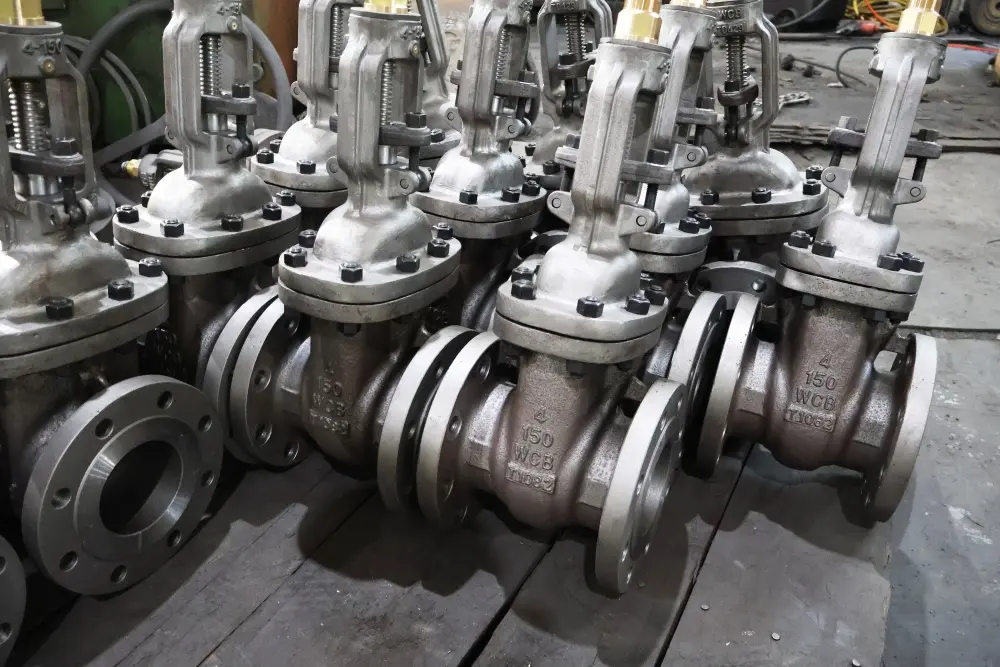
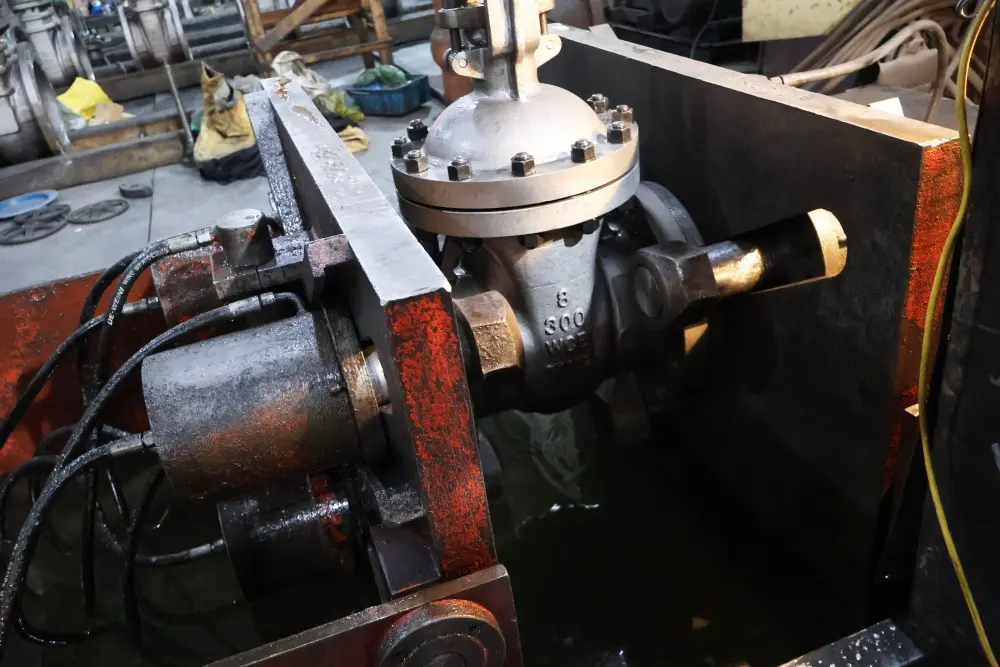
WCB: This is a specific grade of carbon steel casting, which stands for "Wrought Carbon Steel, Bolted," and is commonly used in valve bodies. It is known for its high tensile strength, excellent weldability, and good resistance to corrosion in non-corrosive environments.
1.0619: This is the European equivalent to A216 WCB under the DIN standard, which is commonly used in countries that follow European material codes. This specific material is a low-carbon steel, which helps to prevent brittleness and ensures strength and flexibility.
The combination of these materials ensures that the valve body is durable, resistant to mechanical stress, and capable of withstanding high pressure and temperature conditions, which are typical in industrial pipelines.


DIN3352 F4 and EN1984 Standards
The DIN3352 F4 standard and EN1984 are important international standards that dictate the design and functionality of the valve.
DIN3352 F4: This is the German standard for resilient-seated gate valves. The "F4" designation indicates the particular design of the valve, especially regarding its seat and disc, which are typically designed for lower operating pressures and temperature variations compared to more industrial-grade valve systems.
EN1984: This European standard is specifically related to the design and performance of gate valves in various industrial applications. It specifies the operational and safety characteristics required for valves used in pipelines, particularly with regards to sealing, resistance to pressure, and durability under varying temperatures.
When combined, these standards ensure that the Cast Steel A216 WCB 1.0619 DIN3352 F4 EN1984 Wedged Gate Valve meets rigorous international criteria for safety, reliability, and functionality in industrial environments.
Valve Design and Operation
4.1 Body and Bonnet
The body of the gate valve, made of A216 WCB steel, is a solid and durable construction capable of withstanding high pressures. The bonnet, which is the part of the valve that houses the stem and other mechanical components, is designed to be bolted or welded to the body to ensure a secure, leak-proof seal.
4.2 Gate (Wedge)
The gate or wedge is the key element in controlling the flow of fluid. In the Wedged Gate Valve, the gate is typically made of metal and has a wedge shape, which allows for a tight seal against the valve seat. The wedge design provides several advantages:
It enhances the valve’s sealing capability, particularly under high pressure.
It reduces the chances of leakage when the valve is closed.
It is effective in handling higher temperature ranges.
The wedge may be either a parallel or a solid wedge. A parallel wedge maintains its parallel alignment, while a solid wedge is often used in high-pressure applications.
It enhances the valve’s sealing capability, particularly under high pressure.
It reduces the chances of leakage when the valve is closed.
It is effective in handling higher temperature ranges.
The wedge may be either a parallel or a solid wedge. A parallel wedge maintains its parallel alignment, while a solid wedge is often used in high-pressure applications.
4.3 Stem and Actuation
The valve stem connects the handwheel or actuator to the gate. As the stem turns, it moves the gate either up or down, controlling the opening and closing of the valve. The actuation method can vary depending on the application, with manual (handwheel) and automatic (electric or pneumatic actuator) options available.
4.4 Sealing Mechanism
The seal in a wedged gate valve is created when the wedge presses tightly against the valve seat. The sealing ability is enhanced by the pressure of the fluid itself, which helps to maintain the closure when the valve is in the off position.
Applications of Cast Steel A216 WCB Wedged Gate Valve
Due to its durable construction and robust material composition, the Cast Steel A216 WCB 1.0619 DIN3352 F4 EN1984 Wedged Gate Valve is commonly used in a variety of demanding industries. Some typical applications include:
Oil and Gas: In oil refineries, pipelines, and natural gas plants, where reliable shutoff is crucial to prevent leaks and maintain safety.
Power Generation: In steam and cooling systems, where the ability to withstand high temperatures and pressures is critical.
Water Treatment: For controlling the flow of water in filtration and treatment plants, where resilience to corrosion and pressure is important.
Petrochemical: In the chemical processing industry, where aggressive fluids and high pressures are common.
HVAC Systems: For managing steam and hot water flow in large heating and cooling systems.
Advantages of the Cast Steel A216 WCB Wedged Gate Valve
There are several notable advantages to using this type of valve:
High Strength and Durability: Thanks to the cast steel material, this valve can withstand harsh conditions, including high pressures, extreme temperatures, and corrosive environments (when used appropriately).
Reliability: The wedged design ensures a reliable seal, minimizing leakage and offering peace of mind in critical applications.
Low Flow Resistance: When fully open, gate valves present minimal obstruction to flow, which means less pressure drop and higher efficiency in fluid handling.
Corrosion Resistance: The material properties of A216 WCB steel make it resistant to mild corrosion, although it is not suitable for aggressive or highly corrosive fluids.
Challenges and Limitations
Despite its many advantages, there are some challenges and limitations to consider:
Slow Operation: Gate valves, especially manual ones, can be slower to operate compared to other types of valves, such as ball or globe valves.
Not Suitable for Throttling: Gate valves are not ideal for controlling flow in a throttling or modulating capacity. They are best used for fully open or fully closed positions.
Size and Weight: Cast steel valves tend to be heavier and bulkier compared to other materials, which might present challenges in installation or transportation.
Potential for Corrosion in Certain Conditions: While A216 WCB steel is durable, it may corrode over time when exposed to highly aggressive fluids or certain chemical environments.







